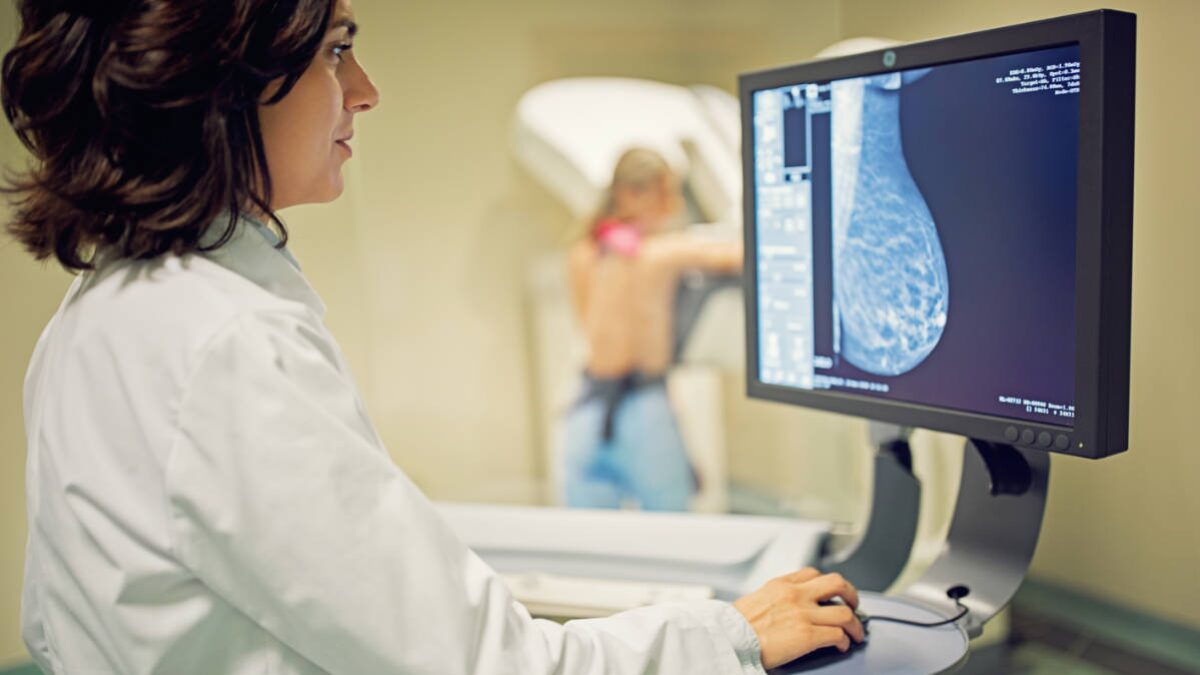Optiscan begins breast cancer study in Melbourne

The study will deploy Optiscan’s InVue for live imaging during surgery and InForm for tissue analysis after removal. Pic: Getty Images.
- Optiscan initiates first in-human breast cancer study
- Enrolment for recruitment into the study will begin at the Royal Melbourne Hospital
- A total of 50 patients undergoing breast-conserving procedures will be recruited
Special Report: Optiscan has initiated its first in-human breast cancer study at the Royal Melbourne Hospital, marking the start of patient recruitment for real-time margin assessment post-lumpectomy.
The 50-patient study will utilise Optiscan’s (ASX:OIL) innovative InVue precision surgery and InForm digital pathology imaging devices, with data from the study to be used in US FDA regulatory submissions for both devices.
It’s being led by Professor Bruce Mann, director of Breast Cancer Services at the Royal Melbourne and Royal Women’s Hospitals, alongside breast and endocrine surgeon Dr Laura Chin-Lenn and anatomical pathologist Dr Anand Murugasu.
The study will explore how Optiscan’s two imaging devices can be used during surgery to provide real-time images of the area where the tumour was removed, helping surgeons quickly assess if any cancer remains.
A special dye, fluorescein sodium, will be used to help doctors visually separate cancerous areas from healthy tissue in the breast during imaging.
After removal, the tissue will be studied outside the body using InForm and special dyes to gather more information about how the imaging and pathology systems work together, helping support Optiscan’s FDA submission.
All imaging data will be used to continue building artificial intelligence/ machine learning algorithms currently in development.
Watch: New partnership targets real-time cancer detection
Reducing need for post-op pathology
Breast cancer is the most common cancer among women globally and remains a significant health challenge, with millions of new cases diagnosed annually.
Among the treatment options, breast-conserving surgery – commonly known as a lumpectomy – aims to remove the tumour while preserving as much healthy breast tissue as possible.
But achieving clear surgical margins – where no cancerous cells are left at the edges of the removed tissue – poses a significant surgical challenge.
The medical tech company aims to reduce the need for post-op pathology by giving surgeons real-time imaging to more accurately assess tumour margins during the first surgery.
Real-time, in-vivo imaging at the cellular level can promote precise tumour removal, potentially minimising follow-up surgeries, and improving overall patient care.
With this study, Optiscan is confident InVue will showcase its ability to bring real-time, high-detail imaging into the operating room, setting a new benchmark for treating breast cancer with accuracy and speed.
New standard for precision
OIL CEO and managing director Dr Camile Farah said he is confident the study will demonstrate the capabilities of its InVue and InForm imaging devices.
“We believe our innovative real-time microscopic imaging platform represents a genuine breakthrough in surgical cancer management by bringing live cellular imaging to the bedside,” he said.
“In the process, InVue will provide surgeons with digital tools to make confident, informed decisions about tumour clearance before patients leave the operating theatre.
“The significance of any proven capability to evaluate tumour margins with cellular-level precision during surgery coming out of the study cannot be over-estimated,” Farah added.
“It has the potential to revolutionise breast cancer treatment, as real-time imaging opens the way for complete tumour removal to occur, while at the same time preserving healthy tissue.
“By providing surgeons with direct, live imaging of cellular structures, we’re setting a new standard for precision and patient-centred care in oncology.”
This article was developed in collaboration with Optiscan Imaging, a Stockhead advertiser at the time of publishing.
This article does not constitute financial product advice. You should consider obtaining independent advice before making any financial decisions.

UNLOCK INSIGHTS
Discover the untold stories of emerging ASX stocks.
Daily news and expert analysis, it's free to subscribe.
By proceeding, you confirm you understand that we handle personal information in accordance with our Privacy Policy.








